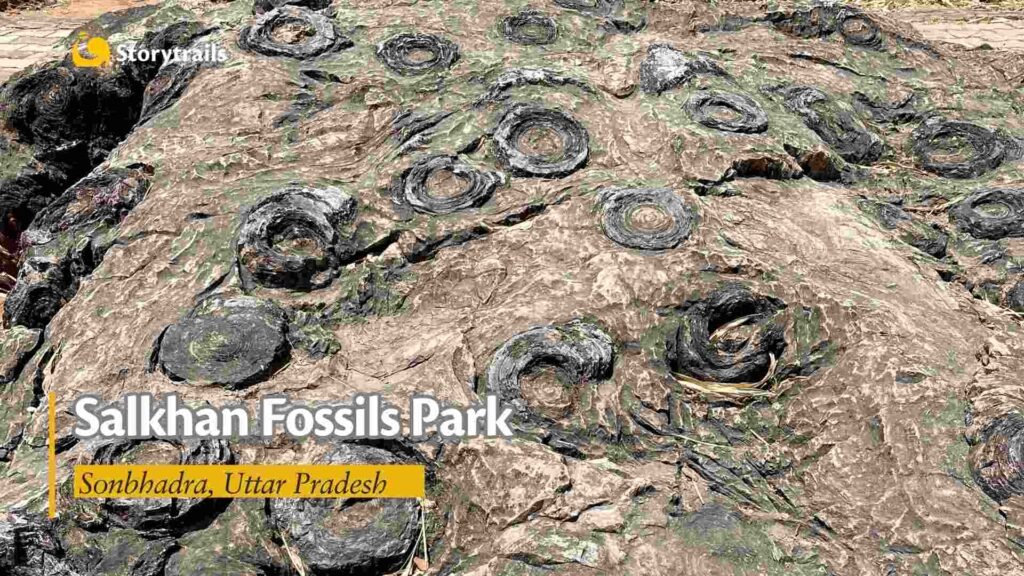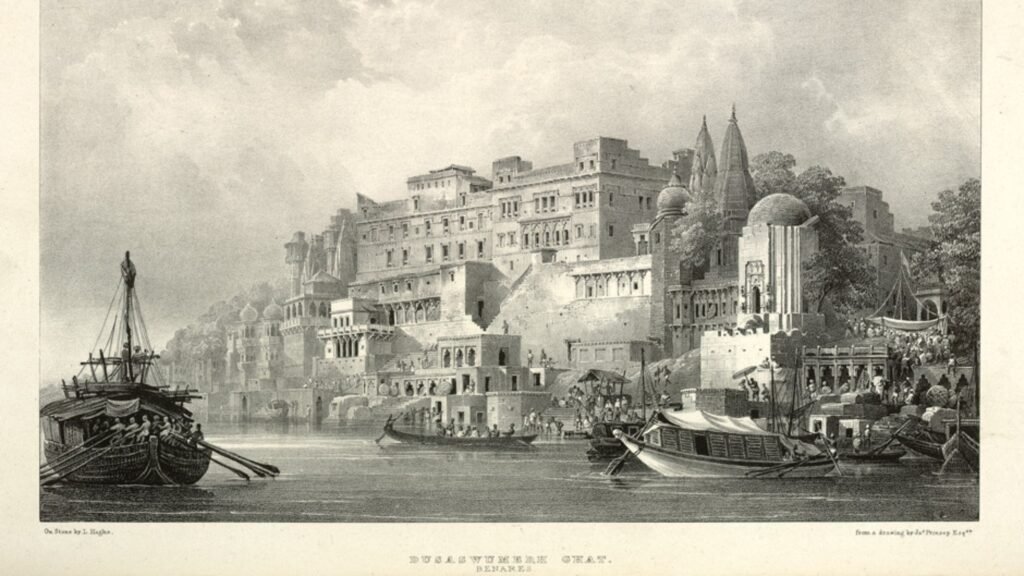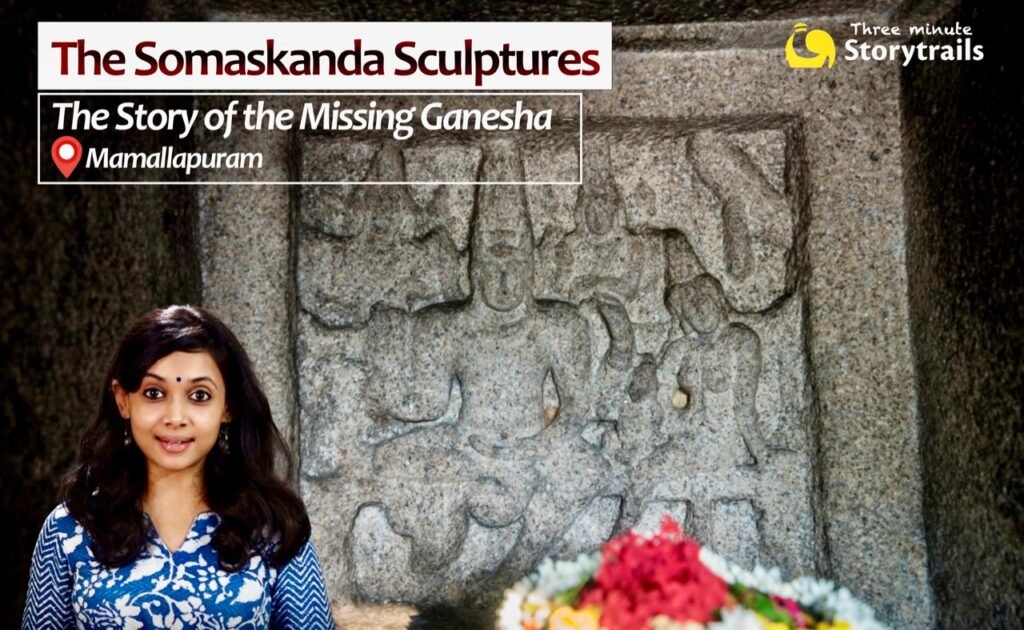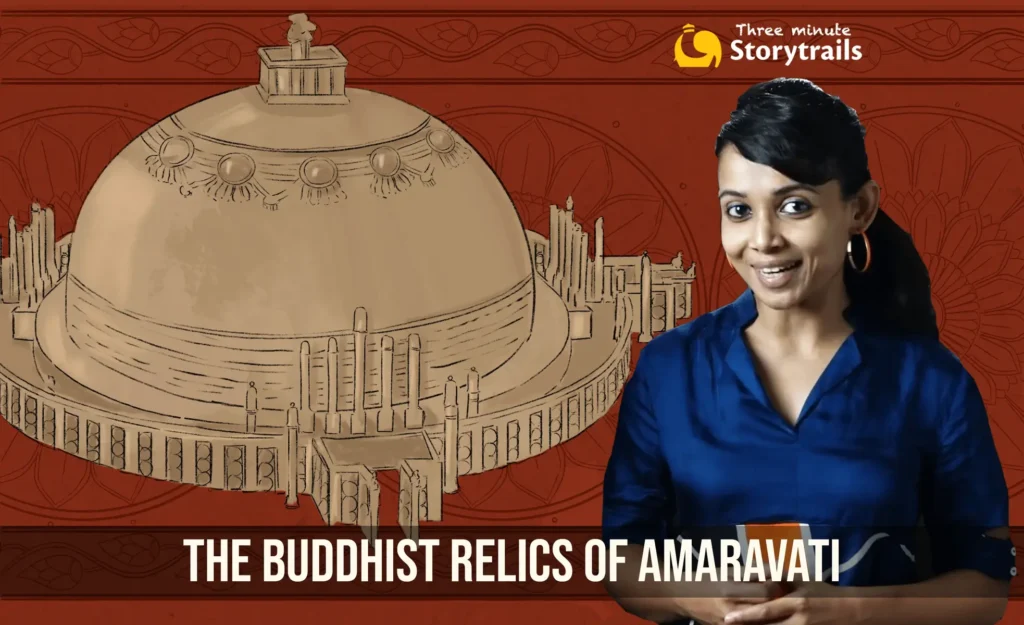Ashoka_with_his_Queens_at_Sannati-Kanaganahalli_Stupa By Ashokha – Wikimapia [1], CC BY-SA 3.0,(https://en.wikipedia.org/wiki/Sannati#/media/File:Ashoka_with_his_Queens_at_Sannati-Kanaganahalli_Stupa.jpg )
King of the Mallas bringing the relics of the Buddha to Kushinagara. The king, seated on an elephant, hold the relics on his head. By Biswarup Ganguly – Detail of, CC BY 3.0, (https://en.wikipedia.org/wiki/Sanchi#/media/File:King_of_the_Mallas_bringing_the_relics_of_the_Buddha_to_Kushinagara.jpg )
War over the Buddha’s Relics, kept by the city of Kushinagar, South Gate, Stupa no.1, Sanchi By Asitjain – Detail of, CC BY-SA 3.0, (https://en.wikipedia.org/wiki/Sanchi#/media/File:War_of_the_Relics_of_the_Buddha_Sanchi_Stupa_1Southern_Gateway.jpg )
King of the Mallas of Kushinagara under siege (left end of the architrave).
https://en.wikipedia.org/wiki/Sanchi#/media/File:King_of_the_Mallas_under_siege.jpg By Biswarup Ganguly – Detail of, CC BY 3.0,
Stupas_and_monasteries_at_Sanchi_in_the_early_centuries_of_the_Christian_era Reconstruction, 1900 https://en.wikipedia.org/wiki/Sanchi#/media/File:Stupas_and_monasteries_at_Sanchi_in_the_early_centuries_of_the_Christian_era.jpg By Percy Brown (1872-1955) – Indian Architecture (Buddhist And Hindu) [1]. First published in India in 1900 [2], Public Domain,
Sanchi Stupa https://en.wikipedia.org/wiki/Sanchi#/media/File:East_Gateway_-_Stupa_1_-_Sanchi_Hill_2013-02-21_4398.JPG By Biswarup Ganguly, CC BY 3.0,
Sanchi_Stupa_No2 https://en.wikipedia.org/wiki/Sanchi#/media/File:Sanchi_Stupa_No2.jpg By Kevin Standage (kevinstandage1@googlemail.com) INDIAN TRAVEL PHOTOGRAPHY – Licensed through agreement by e-mail on 8 March 2018
The division of the relics of the Buddha by Drona the Brahmin, Gandhara, Zenyōmitsu-Temple Museum, Tokyo. Personal photograph, 2005. Released in the Public Domain.) https://en.wikipedia.org/wiki/Relics_associated_with_Buddha#/media/File:EndAscetism.JPG By PHG at English Wikipedia – Transferred from en.wikipedia to Commons by Leoboudv using CommonsHelper., Public Domain,
Lord_Buddha_-_Hair_Relics https://en.wikipedia.org/wiki/Relics_associated_with_Buddha#/media/File:Lord_Buddha_-_Hair_Relics.JPG By AKS.9955 – Own work, CC BY-SA 4.0
02 Front View, in Bodhgaya, Bihar Photograph of the Daibutsu Buddha statue at Bodh Gaya in Bihar taken by Anandajoti. https://en.wikipedia.org/wiki/Great_Buddha_(Bodh_Gaya)#/media/File:Bodh_Gaya_-_Buddha_Statue_-_Front_View_(9224970905).jpg By Photo Dharma from Penang, Malaysia – 002 Front View, CC BY 2.0,
Enlightenment of Buddha, Kushan dynasty, late 2nd to early 3rd century CE, Gandhara.https://en.wikipedia.org/wiki/Buddhism#/media/File:Four_Scenes_from_the_Life_of_the_Buddha_-_Enlightenment_-_Kushan_dynasty,_late_2nd_to_early_3rd_century_AD,_Gandhara,_schist_-_Freer_Gallery_of_Art_-_DSC05124.JPG By Daderot – Own work, CC0,
An aniconic depiction of the Buddha’s spiritual liberation (moksha) or awakening (bodhi), at Sanchi. https://en.wikipedia.org/wiki/Buddhism#/media/File:050_Mucilinda_with_his_Wives_around_the_Buddha_(32999346203).jpg By Photo Dharma from Sadao, Thailand – 050 Mucilinda with his Wives around the Buddha, CC BY 2.0
King Ashoka (right) visits the Ramagrama Stupa, Southern gateway, Stupa 1 https://en.wikipedia.org/wiki/Ramagrama_stupa#/media/File:013_King_Asoka_visits_Ramagrama_(33428090870).jpg By Photo Dharma from Sadao, Thailand – 013 King Asoka visits Ramagrama, CC BY 2.0,
Ramagrama stupa at present day Nepal as on 2.10.80 by Laxman Burdak CC BY 2.0, https://www.jatland.com/home/File:Ram_Bhar_Stupa_Kushinagar_2.10.80.jpg
Foreigners_at_Sanchi_Stupa_I_North_Gateway.jpg https://en.wikipedia.org/wiki/Sanchi#/media/File:Foreigners_at_Sanchi_Stupa_I_North_Gateway.jpg By User:Gangulybiswarup – Wikipedia Commons File:Foreigners Worshiping Stupa North Gateway – Stupa 1 – Sanchi Hill 2013-02-21 4287.JPGReformated photograph and highlighted desired portion., CC BY 3.0
The steatite box that contained the Bimaran casket. https://en.wikipedia.org/wiki/Relics_associated_with_Buddha#/media/File:SteatiteContainer.JPG By No machine-readable author provided. World Imaging assumed (based on copyright claims). – No machine-readable source provided. Own work assumed (based on copyright claims)., CC BY-SA 3.0
Prasat Angkor Wat https://en.wikipedia.org/wiki/List_of_Buddhist_temples#/media/File:Buddhist_monks_in_front_of_the_Angkor_Wat.jpg By sam garza – originally posted to Flickr as Angkor Wat, CC BY 2.0
Hōryū-ji in Ikaruga, Nara, Japan https://en.wikipedia.org/wiki/List_of_Buddhist_temples#/media/File:Horyu-ji11s3200.jpg By 663highland – Own work, CC BY 2.5
Jade Dragon Temple, Sibu, Sarawak., Malaysia https://en.wikipedia.org/wiki/List_of_Buddhist_temples#/media/File:Tian_Wang_Dian.jpg By Wingsancora93 – Own work, CC BY-SA 4.0
Shwedagon Pagoda in Yangon – the most revered pagoda in Myanmar. https://en.wikipedia.org/wiki/List_of_Buddhist_temples#/media/File:ShwedagonCrowdedDay.JPG By Kyaw.m.naing at the English language Wikipedia, CC BY-SA 3.0
Maha Stupa at Thotlakonda https://en.wikipedia.org/wiki/Thotlakonda#/media/File:Mahastupa_in_Thotlakonda,_Visakhapatnam_(2).jpg By iMahesh – Own work, CC BY-SA 4.0
Music credits: Mayank Kapri www.youtube.com/PahadiSingsHere
Editing : Anand Gautam








